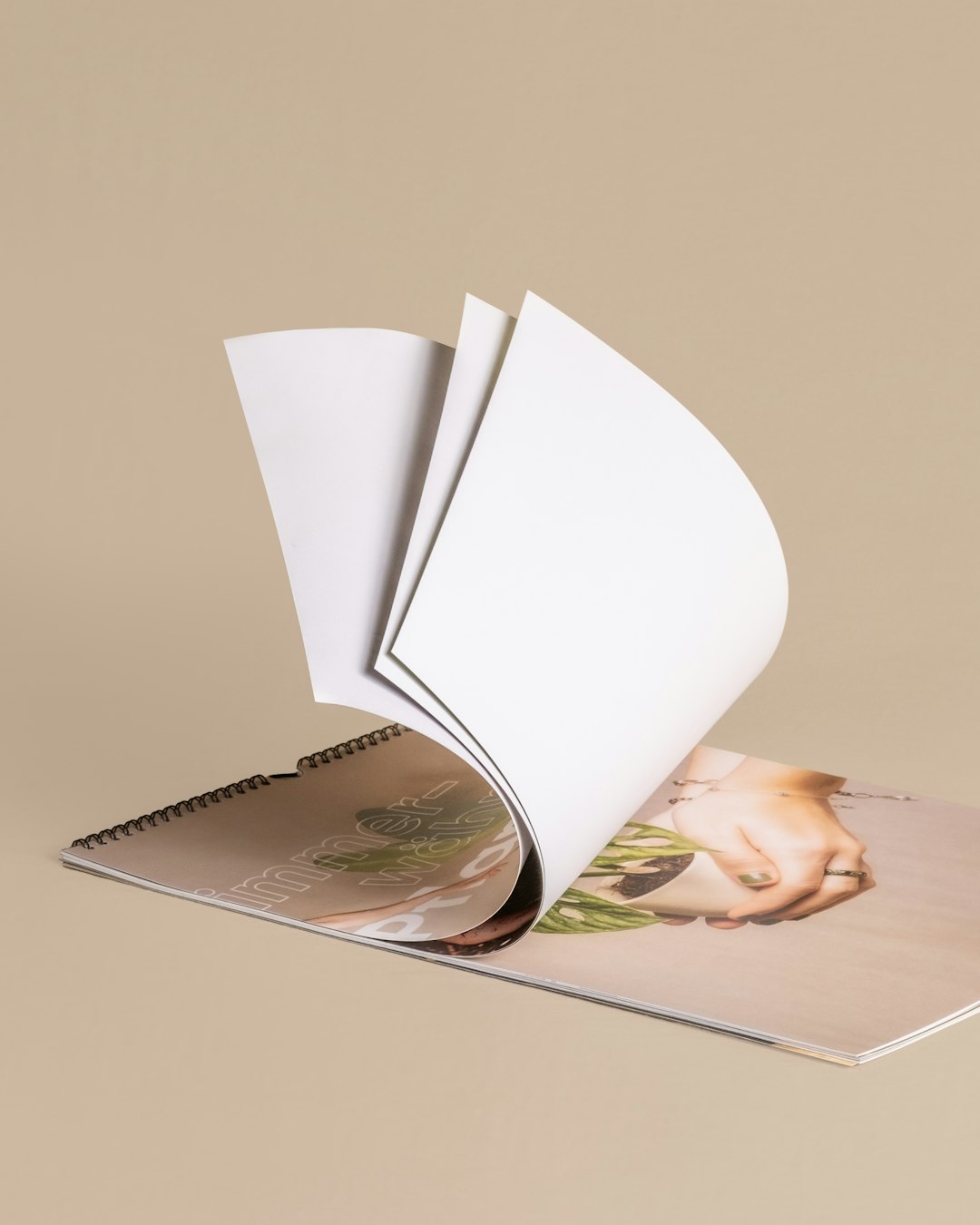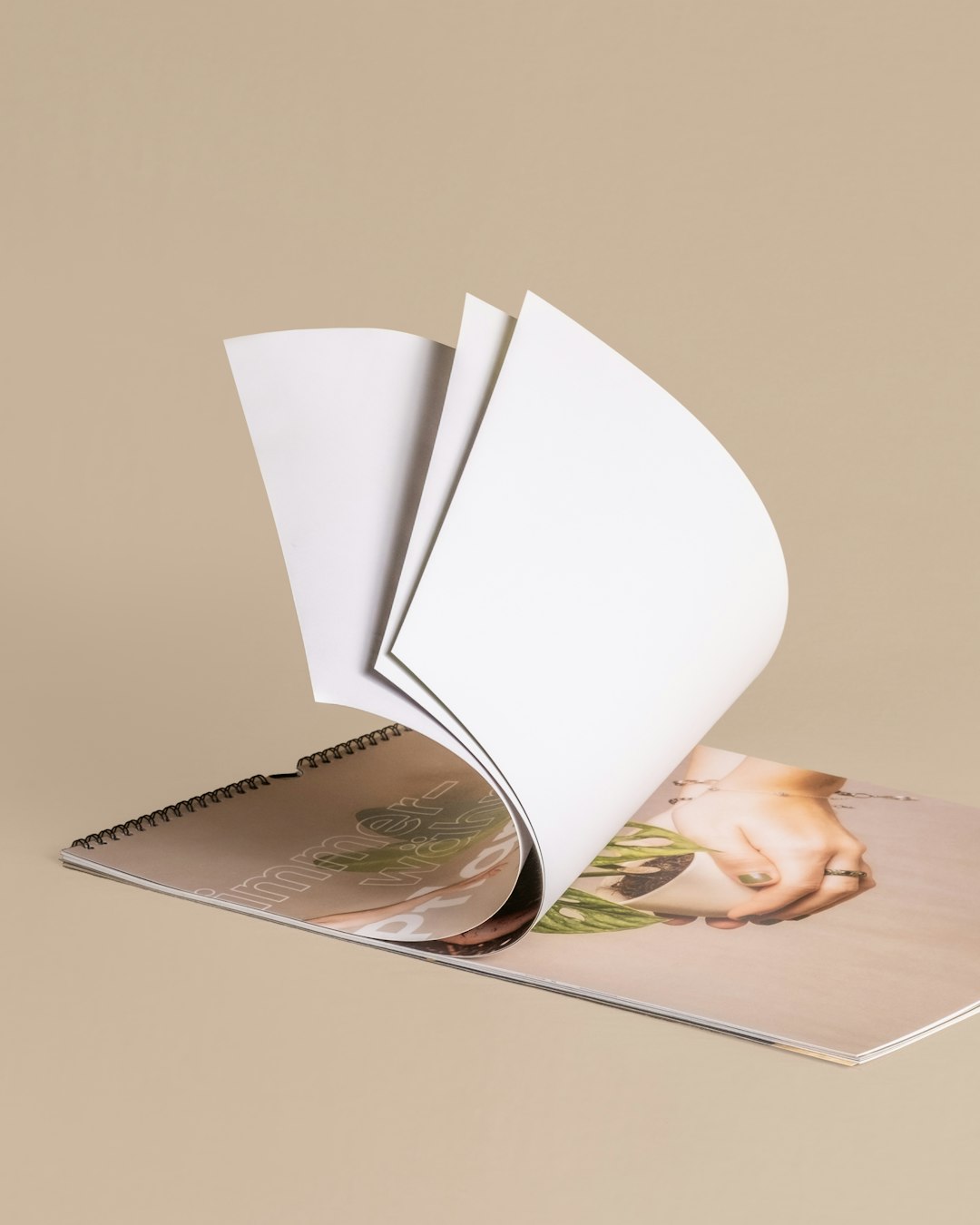When it comes to creating a visually impressive and tactile marketing piece, special finishes like embossing can add a luxurious dimension to your brochure. But what if you’re designing a double-sided brochure? Is it still possible to incorporate such finishes without compromising the overall integrity and readability of your material? The good news is—yes, you can. However, there are important considerations to take into account.
Understanding Embossing
Embossing is a popular print finishing technique that involves pressing an image or text into paper or cardstock to create a raised (or sometimes recessed) design. It adds a visual and tactile quality that can make specific elements—like logos, titles, or patterns—stand out dramatically.
This effect can be paired with other finishes such as foiling or spot UV coating to further enrich the design. 
Applying Embossing to Double-Sided Brochures
Double-sided brochures are printed on both the front and the back of the sheet, offering more space to present your message. When considering embossing on a double-sided layout, it’s essential to understand how the raised surface will impact both pages.
What to Keep in Mind:
- Show-through Effect: Because embossing involves raising one side of the paper, the opposite side will have a corresponding debossed imprint unless extra layers or materials are used. This can slightly affect text readability and design elements on the reverse side.
- Paper Thickness: Using a thicker paper or cardstock can significantly reduce show-through and improve the stability of the embossed design.
- Design Alignment: Smart design planning is crucial. Make sure that nothing important, such as body text or critical imagery, overlaps the embossed area on the reverse side.
- Combination with Other Finishes: Embossing can be beautifully paired with other finishes like foil stamping or spot UV—just remember to consider how added treatments affect both sides of the brochure.
Tips for Using Embossing on Double-Sided Brochures
If you’re determined to include embossing in a double-sided piece, here are some tips to help ensure a successful print:
- Choose the Right Paper: Opt for board-weight or high GSM paper. Heavier stocks are more accommodating for embossing and can maintain structure on both sides.
- Plan the Layout Strategically: Work with your designer and printer to precisely align the embossing to areas on the opposite side where it won’t interfere. Design elements like backgrounds, full-page images, or white space work well over embossed zones.
- Test with Prototypes: Before going into mass production, create a few mockups. This helps you evaluate how the embossing impacts both sides, and detect any undesired impressions or distortions.
- Consider Spot Embossing: Instead of large areas, try using embossing in smaller focal sections to minimize interference on the flip side and keep production costs effective.
Alternative Tactile Options
If embossing seems too complex for your double-sided brochure project, there are other finishes that add tactile interest without affecting the reverse side significantly:
- Spot UV Coating: Gives a glossy effect to selected areas, adding both visual and tactile contrast without warping the paper.
- Foil Stamping: Provides metallic appeal and slight texture without the depth of embossing.
- Soft-Touch Lamination: A full-sheet finish that changes how the brochure feels in hand, offering a unique velvet-like texture.

Is Embossing Worth It for Double-Sided Designs?
Ultimately, the decision depends on the goal of your brochure. If you’re aiming for a high-end, visually engaging print piece and can manage the layout carefully to accommodate the embossed areas, then yes—it’s absolutely worth it. The added texture can elevate your brand image and leave a memorable impression on your audience.
However, if your budget is tight or the message on each side is densely packed with text, you may want to consider less disruptive finishes or use embossing sparingly on covers or fold-out areas only.
Conclusion
Embossing can be a stunning addition to any brochure, including double-sided ones, with the right planning and materials. Just remember to work closely with your printer and designer to ensure that the finish enhances, rather than complicates, your design. Special finishes like embossing are not just decorative—they are powerful tactile statements that reinforce your brand’s attention to detail.
So, go ahead and get creative—but do it with intent. A well-executed embossed detail could just be what makes your brochure rise above the rest.
